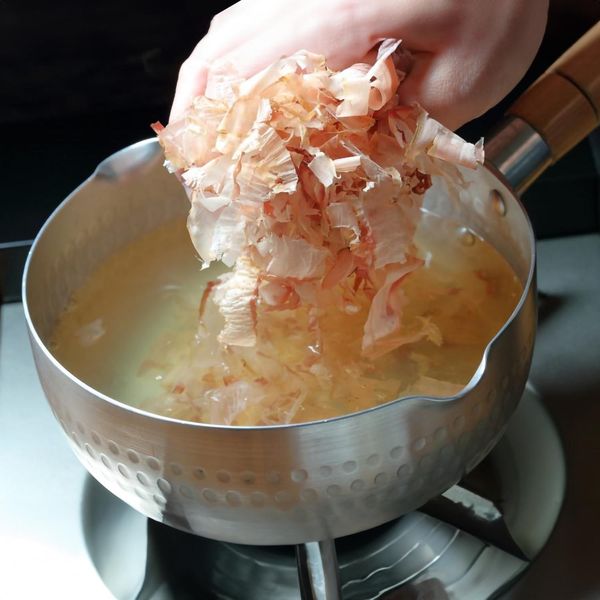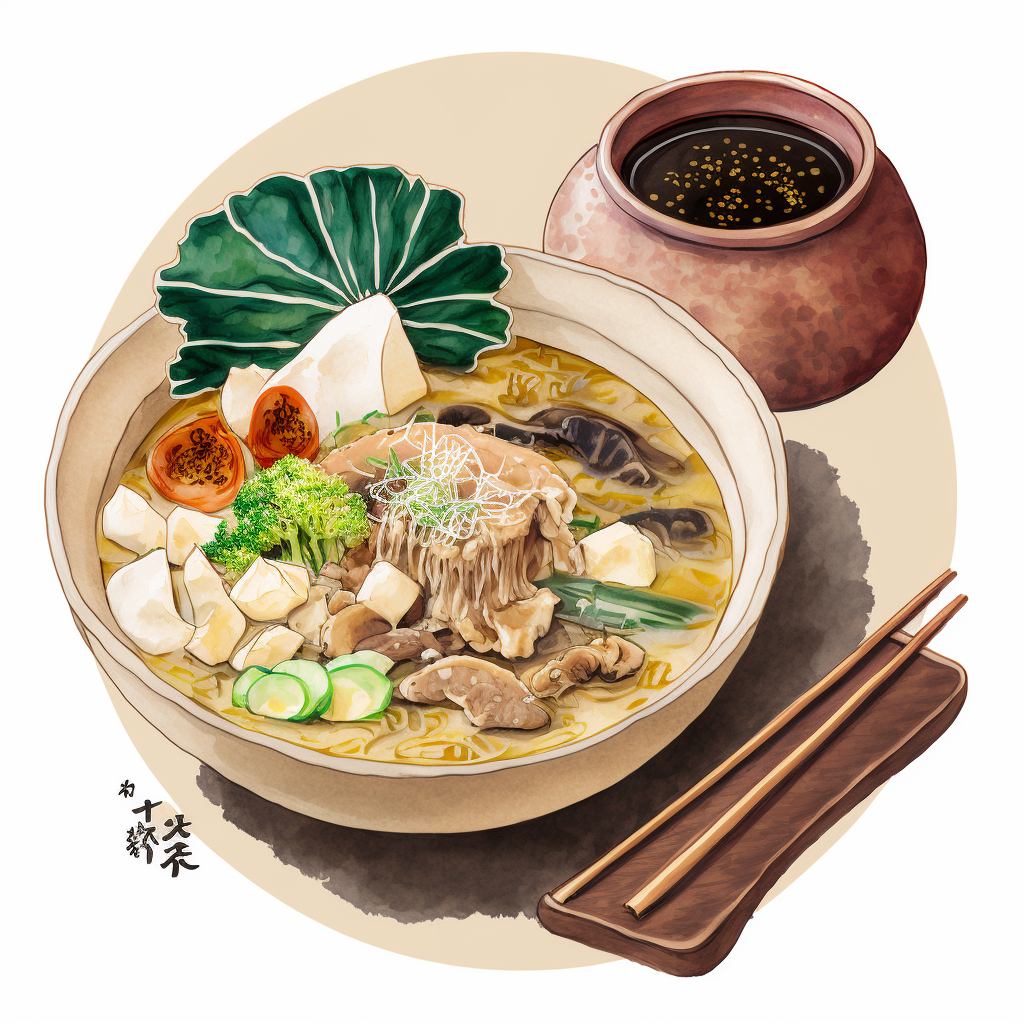Dashi is a fundamental part of Japanese cuisine, playing an essential role in many traditional dishes. It is a basic broth used to intensify the flavor of Japanese dishes and to create an authentic dining experience. In this article, we will explore the history of Dashi, its ingredients, its different variations, as well as its importance in Japanese cuisine.
History of Dashi
Dashi has a long history in Japan, dating back hundreds of years. Its origin dates back to the Edo period (1603-1868), where the first Dashi recipes were recorded. Dashi was originally made from kombu, a dried seaweed, and dried bonito, called katsuobushi. The ingredients were left to steep in hot water to create a broth rich in umami flavors.
Dashi Ingredients
The basic ingredients of Dashi are simple but essential. The two main components are kombu and katsuobushi. Kombu is a brown seaweed that adds sweetness to the broth, while katsuobushi is dried bonito cut into thin strips, providing an intense umami flavor. Some types of Dashi may also include shiitake mushrooms, dried anchovies, or other ingredients to vary the flavors.
Dashi Varieties
There are several types of Dashi, each suited to specific dishes. Basic Dashi, called “Awase Dashi,” is prepared by combining kombu and katsuobushi. “Kombu Dashi” is made using only kombu, while “Katsuobushi Dashi” uses only dried bonito. There are also vegetarian versions using specific mushrooms or algae.
Preparing Dashi
Preparing Dashi is a delicate process that requires careful attention to extract the maximum flavors. Kombu is usually wiped with a damp cloth to remove dirt without removing the thin white layer that adds umami. Next, the kombu is left to steep in cold water and then gently heated. Before the water boils, the kombu is removed, and the katsuobushi is added. After a brief boil, the katsuobushi is removed, leaving a Dashi broth ready for use.
Importance in Japanese cuisine
Dashi is often called the soul of Japanese cuisine due to its fundamental role in many iconic dishes. It is used as a base for miso soups, teriyaki sauces, ramen noodle broths, and many others. Dashi provides a depth of flavor and umami character that enhances the other ingredients without overpowering their taste.
Dashi is much more than just a broth in Japanese cuisine. It is a key element that binds flavors together and provides a unique culinary experience. Whether in a bowl of steaming ramen or a comforting miso soup, Dashi continues to play a central role in the richness and diversity of Japanese gastronomy.



